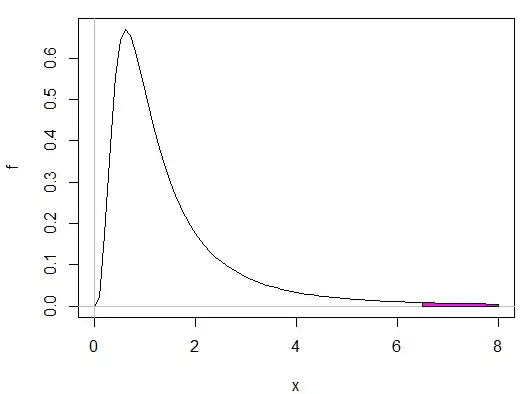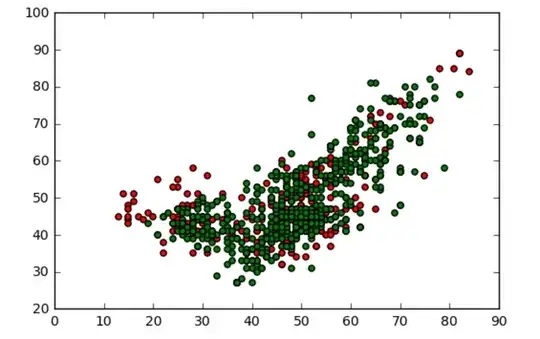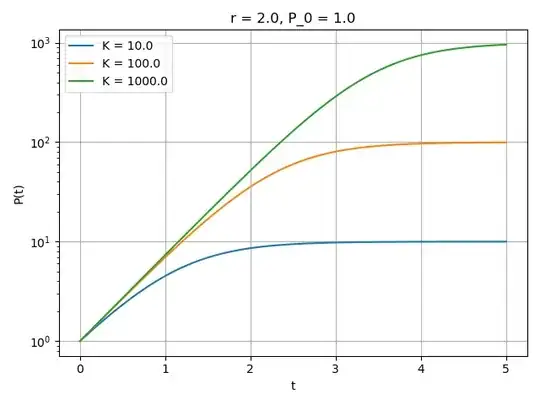Like a lot of amateurs, I would like to see how well the evolution of Covid-19 is predictable. So I imported the data (here, for Italy) and fitted a logistic curve. Then I added the 90% and 95% confidence bounds. I got the following plot:
Great. The next day, I updated my plot with the latest data and realized that the estimation was had been quite optimistic and the asymptote is now much increased (same scale in both pictures):
Questions I understand that if the logistic model had been good, the next point should have been in the confidence range with a probability of 90% (or 95%). Can I conclude that the logistic model is not a good model here? Are there some standard procedures to assess the validity of the prediction by taking into account the uncertainty on the model?
Also, the difference between the two asymptotes gives me an indication of the precision of the prediction (it is not off by 1 or by 10^5 but by about 500 deaths). Is there some classic methods to take this into account?
Edit 21/03/2020: clarification in response to hakan's answer
The model I fitted is $$\dfrac{c}{1 + a e^{-b x}}$$ and with $a=514434$, $b=-0.276$ and $c=5568$. Of course, this model is the same as @hakanc's, with a different parametrization (e.g. his $K$ corresponds to my $c$). The corresponding covariance matrix is $$\begin{bmatrix} 1.1\times 10^{10}& 641 & -2.5\times 10^7 \\ \star & 3.8\times 10^{-5} & -1.6\\ \star & \star & 80\times 10^3 \end{bmatrix}$$
I believe the low sensitivity to $c$ ($=K$) is described by the $(3,3)$ component of the covariance matrix, $\sigma=\sqrt{80\times 10^3}\approx 280$. So though I understand (and agree with) the argument of low sensitivity, I believe it is already included in the "confidence band".



